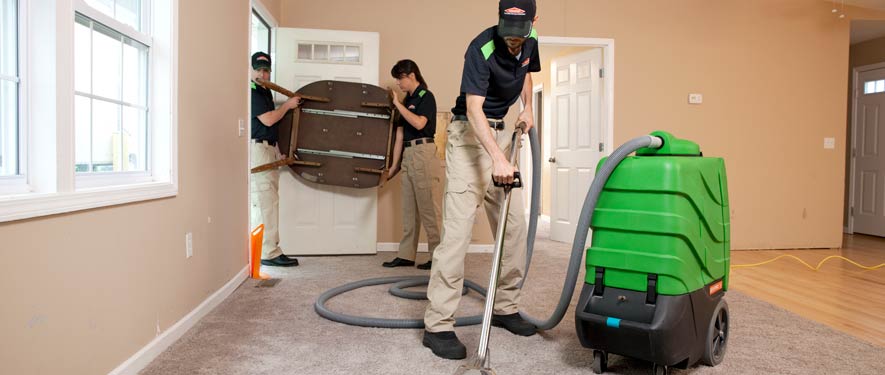
Step 3: Water Removal / Water Extraction
STEP 3: WATER REMOVAL/ WATER EXTRACTION
After the scope has been finished, the water removal process begins. We have really stromg pumps and we alson have vacuums mounted inn our SERVPRO vans. These suck up thousands of gallons of water.
MOVE OUT/ PACK-OUT
We offer a service that will help preserve your things and make it easier for our crew to restore your home. Depending on how bad the damage is, it would be a good option for you.
Our IICRC certified technicians will begin the water extraction process almost immediately. We then will take a look at the carpet and see if it or the padding needs to be removed. We have lots of water removal equipment that help with the process as well.
Move-Out / Pack-Out
If your home requires extensive restoration or cleaning, SERVPRO of Texarkana can conduct an organized, efficient move-out to protect your belongings from further damage.
- Move-Out Service
Emergency Water Removal
Our highly trained technicians will begin the water removal process almost immediately. Depending on the amount of water, we may use powerful submersible pumps in addition to industrial strength, wet/dry vacuums. Removing most of the water helps reduce drying time and helps prevent secondary water damage and mold and bacterial growth.
- Remove Excess Water
- Use Submersible Pumps and Industrial Wet/Dry Vacuums
Inspect the Carpet Pad and Carpet
We inspect the carpet and pad and determine if they should be removed to protect the subfloor.
- Inspect Carpet Pad and Remove If Needed
- Inspect Carpet and Remove If Needed
Water Removal Equipment
- Moisture detectors, hygrometers, and other meters measure the extent of moisture saturation.
- Infrared cameras may be used to find “hidden” water behind walls and ceilings.
- Submersible and gas-powered pumps are used for continuous pumping of high-level water.
- Truck-mounted and portable extraction units perform efficient water removal.





 24/7 Emergency Service
24/7 Emergency Service


